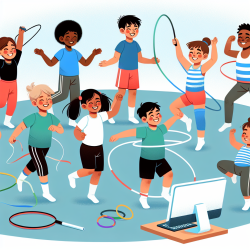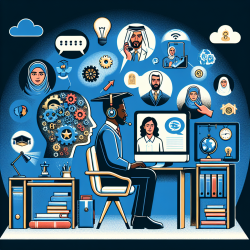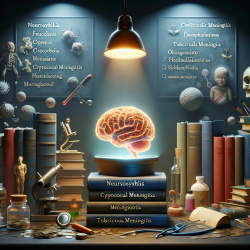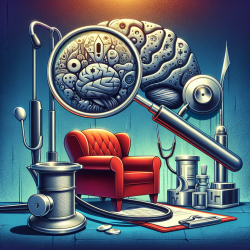Introduction
In the pursuit of enhancing the quality of life for children with intellectual and developmental disabilities (IDD), physical fitness plays a pivotal role. Recent research conducted in China has demonstrated the effectiveness of an Adapted Rhythmic Gymnastics (ARG) program in improving the physical fitness of children with IDD. This blog explores how practitioners can leverage these findings to enhance their therapeutic practices and create better outcomes for children.
Research Overview
The study titled "Improving Physical Fitness of Children with Intellectual and Developmental Disabilities through an Adapted Rhythmic Gymnastics Program in China" involved 22 children from special needs schools in Beijing. The participants were divided into an experimental group, which underwent a 16-week ARG program, and a control group that continued with traditional physical education.
The results were promising, showing significant improvements in abdominal and upper limb strength among the experimental group. The ARG program, which integrates music and rhythmic movements, was found to be more engaging and effective than traditional exercises.
Implementing ARG in Practice
For practitioners, incorporating ARG into therapy sessions can be a game-changer. Here are some practical steps to consider:
- Understand the Program: Familiarize yourself with the elements of ARG, including its focus on music, rhythm, and movement.
- Customize for Each Child: Adapt the program to meet the individual needs and abilities of each child. This personalization can enhance engagement and effectiveness.
- Engage with Music: Use music as a tool to capture attention and motivate participation. Choose tunes that are both enjoyable and appropriate for the exercises.
- Monitor Progress: Regularly assess the physical improvements in children to tailor the program and ensure it meets their evolving needs.
Encouraging Further Research
While the study provides valuable insights, further research is essential to explore the long-term benefits of ARG and its application across diverse populations. Practitioners are encouraged to contribute to this growing body of knowledge by conducting their own studies and sharing findings.
Conclusion
The ARG program offers a promising avenue for enhancing the physical fitness of children with IDD. By integrating this approach into therapy, practitioners can help children achieve greater physical well-being and, consequently, a higher quality of life. To delve deeper into the research, you can access the original study: Improving Physical Fitness of Children with Intellectual and Developmental Disabilities through an Adapted Rhythmic Gymnastics Program in China.










